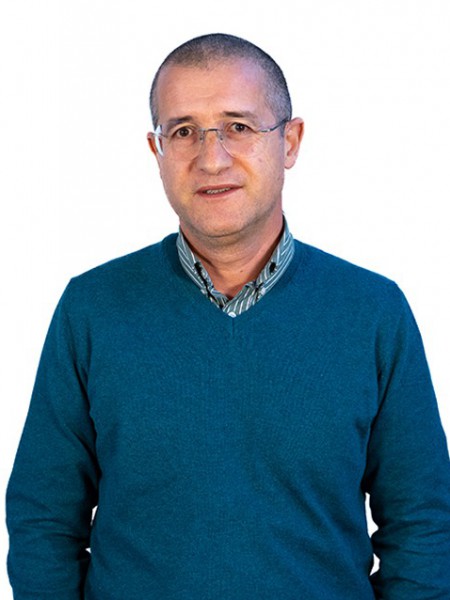resumo
The aim of the present study was to develop innovative patches for dermo-cosmetic applications based on dissolvable hyaluronic acid (HA) microneedles (MNs) combined with bacterial nanocellulose (BC) as the back layer. HA was employed as an active biomacromolecule, with hydrating and regenerative properties and volumizing effect, whereas BC was used as support for the incorporation of an additional bioactive molecule. Rutin, a natural antioxidant, was selected as the model bioactive compound to demonstrate the effectiveness of the system. The obtained HA-MNs arrays present homogenous and regular needles, with 200 mu m in base width, 450 mu m in height and 500 mu m tip-to-tip distance, and with sufficient mechanical force to withstand skin insertion with a failure force higher than 0.15 N per needle. The antioxidant activity of rutin was neither affected by its incorporation in the MNs system nor by their storage at room temperature for 6 months. Preliminary in vivo studies in human volunteers unveiled their safety and cutaneous compatibility, as no significant changes in barrier function, stratum corneum hydration nor redness were detected. These results confirm the potentiality of this novel system for skin applications, e.g. cosmetics, taking advantage of the recognized properties of HA and the capacity of BC to control the release of bioactive molecules.
palavras-chave
EPIDERMAL-GROWTH-FACTOR; CELLULOSE MEMBRANES; DISSOLVING MICRONEEDLES; DELIVERY; EFFICACY; RUTIN
categoria
Materials Science, Biomaterials
autores
Fonseca, DFS; Vilela, C; Pinto, RJB; Bastos, V; Oliveira, H; Catarino, J; Faisca, P; Rosado, C; Silvestre, AJD; Freire, CSR
nossos autores
agradecimentos
This work was developed within the scope of the projects CICECO Aveiro Institute of Materials (UIDB/50011/2020 & UIDP/50011/2020) and CESAM (UIDB/50017/2020 & UIDP/50017/2020) financed by national funds through the FCT/MEC and when appropriate co-financed by FEDER under the PT2020 Partnership Agreement. The Portuguese Foundation for Science and Technology (FCT) is also acknowledged for the doctoral grant to D.F.S. Fonseca (PD/BD/115621/2016), and the research contracts under Stimulus of Scientific Employment to H. Oliveira (CEECIND/04050/2017), C. Vilela (CEECIND/00263/2018) and C.S.R. Freire (CEECIND/00464/2017). The research contracts of R.J.B. Pinto is funded by national funds (OE), through FCT, in the scope of the framework contract foreseen in the numbers 4, 5 and 6 of the article 23, of the Decree-Law 57/2016, of August 29, changed by Law 57/2017, of July 19. The research contract of V. Bastos (CDL-CTTRI-161-ARH/2018) is funded by the FCT project (POCI-01-0145-FEDER-031794). This work is additionally financed by national funds attributed to CBIOS by the FCT under the project UID/DTP/04567/2018.







